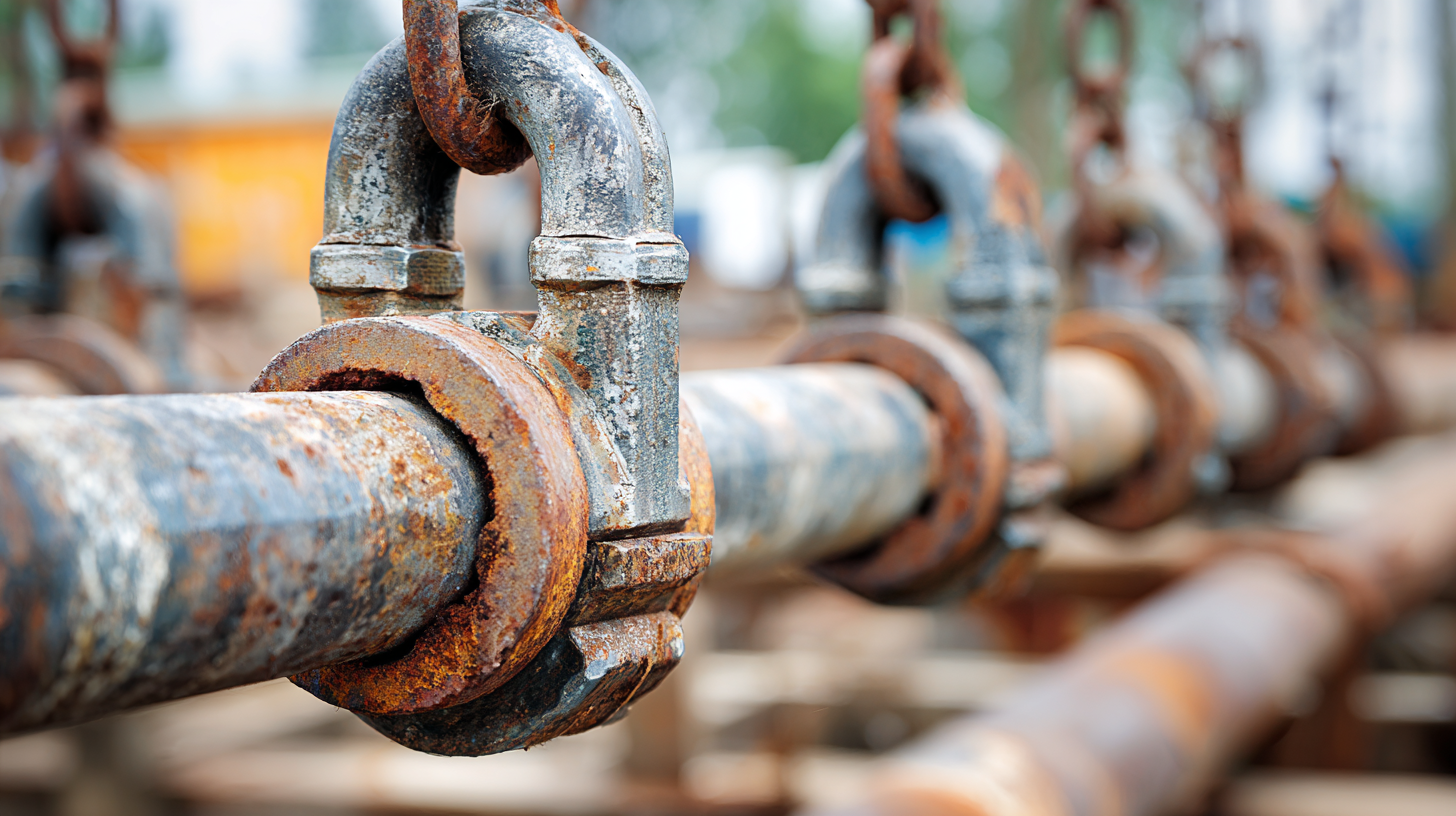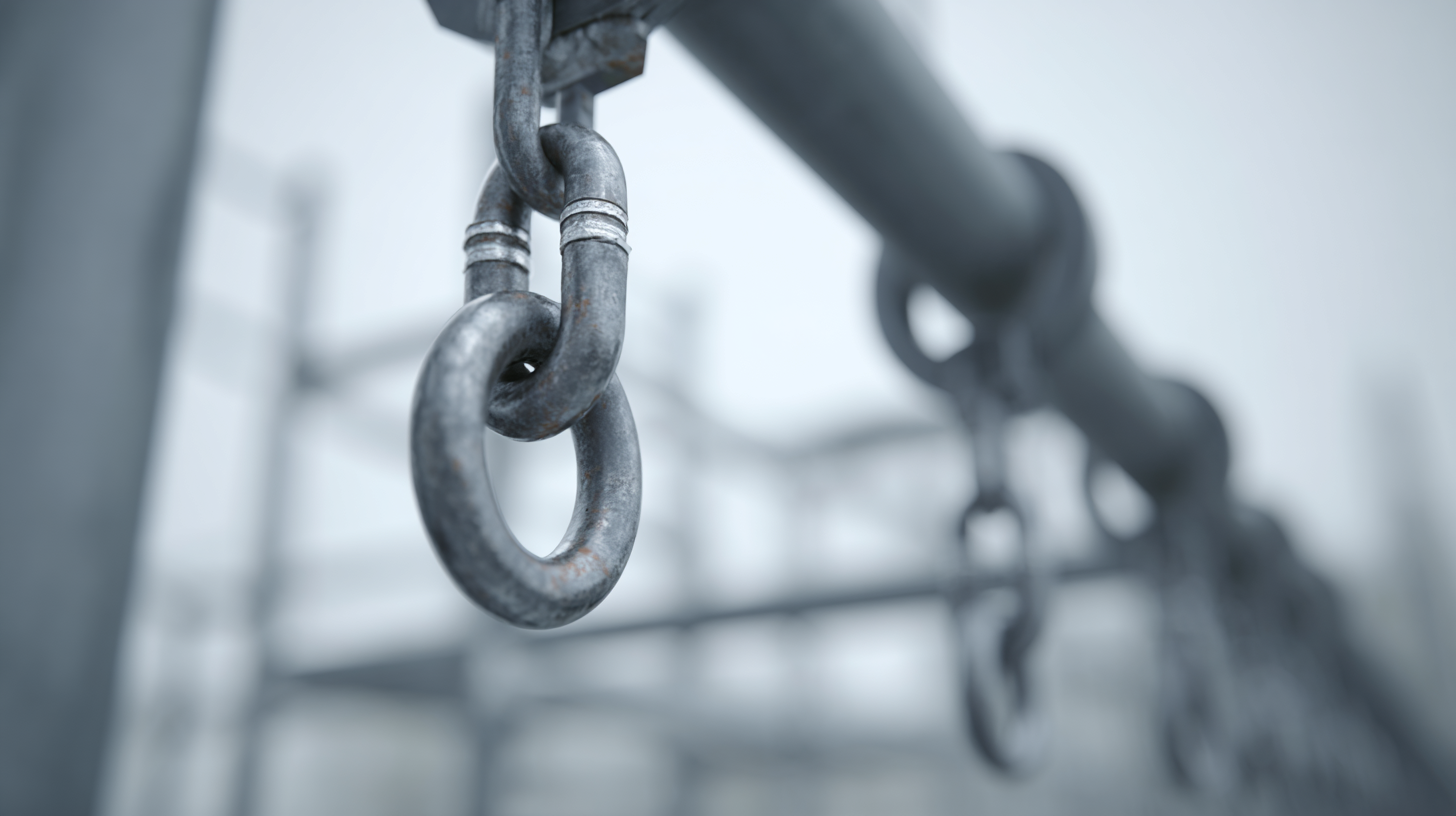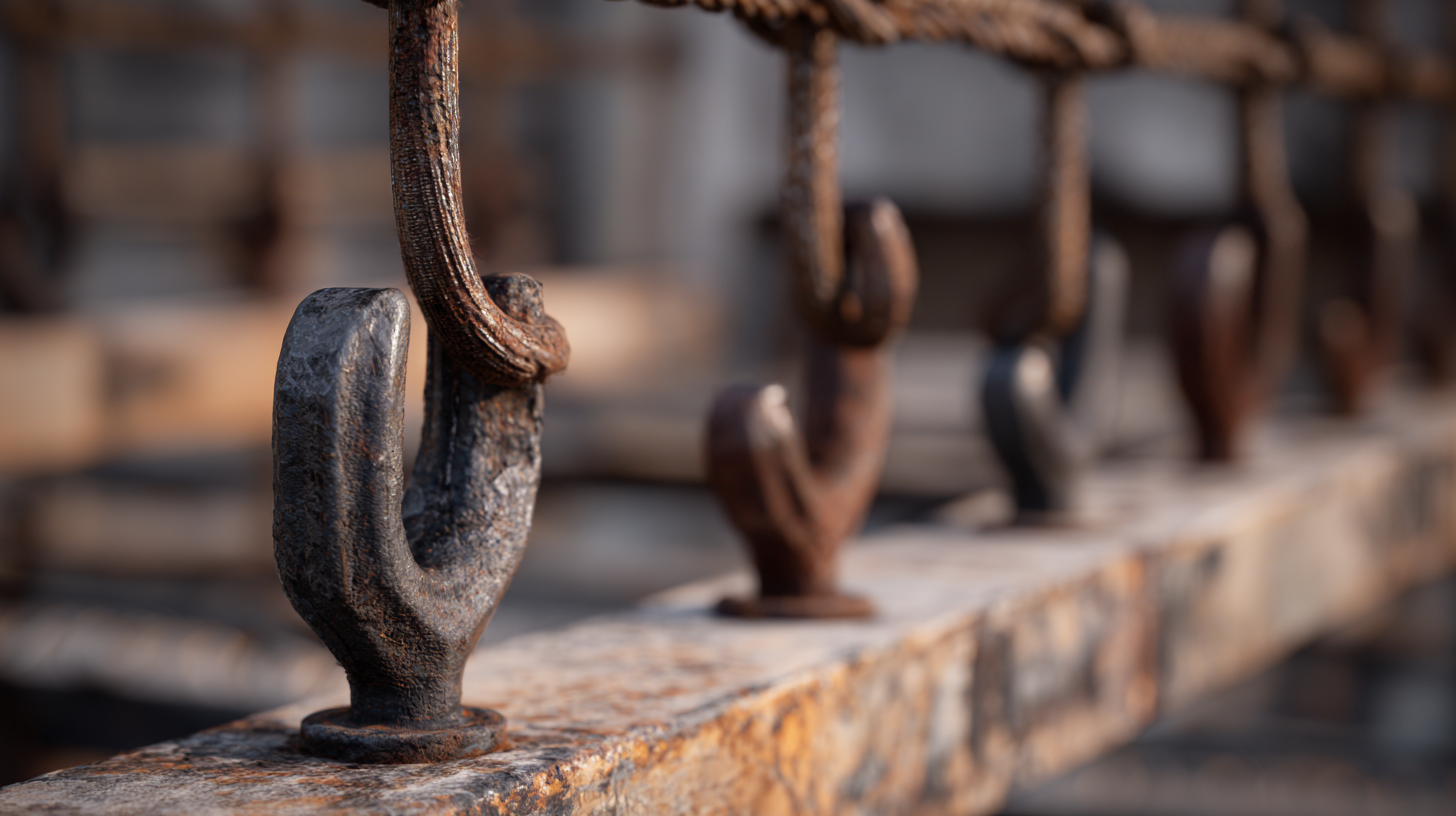In the construction industry, the role of pipe hangers is often underestimated despite their critical importance in ensuring the integrity and safety of piping systems. According to a report by the National Institute of Standards and Technology (NIST), nearly 30% of structural failures in commercial buildings are attributed to inadequate support and bracing of piping systems. Pipe hangers not only provide support but also help maintain the alignment and position of pipes, reducing stress on joints and minimizing the risk of leaks.

In construction projects, pipe hangers play a crucial role in ensuring the stability and safety of infrastructure. These essential components provide structural support for pipes, allowing them to be suspended from ceilings or walls, which is particularly important in urban environments where underground infrastructure often intersects with various utilities. By utilizing pipe hangers effectively, construction teams can maintain the integrity of piping systems, thereby reducing potential failures that could disrupt services and compromise safety.
In addition to providing support, pipe hangers facilitate efficient installation and maintenance processes. Their design allows for quick adjustments and reconfigurations, which is vital in rapidly evolving construction sites. Furthermore, with the advent of digital technologies in construction, the integration of smart pipe hangers equipped with sensors can enhance monitoring capabilities, ensuring that any stresses or anomalies in the system are promptly addressed. This not only improves operational efficiency but also extends the lifespan of the infrastructure, showcasing the multifaceted importance of pipe hangers in modern construction projects.
| Function | Description | Material | Load Capacity |
|---|---|---|---|
| Support | Provides support to pipes, ensuring they are held securely in place. | Steel | Up to 500 lbs |
| Alignment | Ensures proper alignment of pipes to maintain flow dynamics. | Aluminum | Up to 350 lbs |
| Thermal Expansion | Allows for thermal expansion and contraction of pipes to prevent damage. | Plastic | Up to 200 lbs |
| Vibration Dampening | Reduces vibrations from flowing liquids or gases. | Rubber | Up to 150 lbs |
| Accessibility | Facilitates easy access for maintenance and inspections. | Carbon Steel | Up to 800 lbs |
When it comes to construction, selecting the right type of pipe hanger can significantly influence the integrity and safety of a project. A report from the National Association of Home Builders (NAHB) states that improper hanger selection can lead to vibrations and stress on piping systems, which may cause leaks and even failure. For instance, choosing hangers that do not accommodate thermal expansion can lead to pipe damage and increased maintenance costs, potentially reaching up to 20% of a project's overall budget allocation for mechanical systems.
Moreover, the choice of material and design is crucial; galvanized steel, for example, is often preferred for its resistance to corrosion. According to a study published by the American Society of Mechanical Engineers (ASME), using appropriate materials in pipe hangers can extend the lifespan of piping by 20%-30%. This not only enhances system durability but also contributes to safer construction environments. Ultimately, understanding the specific requirements of your piping system and consulting with industry professionals can ensure optimal performance and longevity of the installation.
When it comes to construction, the proper installation of pipe hangers is crucial in ensuring the stability and longevity of piping systems across various environments. Different settings, such as industrial, commercial, or residential, require tailored installation practices to accommodate specific conditions. In high-temperature settings, for instance, it’s essential to choose hangers that can withstand thermal expansion without compromising the integrity of the pipes.
**Tip:** Always check the manufacturer's specifications on load capacities and the materials best suited for your environment to avoid premature failure of the supports.
Furthermore, it’s vital to consider the spacing of pipe hangers. Proper spacing not only helps in maintaining the alignment of the piping but also prevents sagging. Depending on the pipe size and the materials being transported, spacing recommendations may vary.
**Tip:** A general rule of thumb is to space hangers every 10 feet for horizontal runs and every 5 feet for vertical runs, but always refer to engineering guidelines specific to your project.
By following these best practices, construction professionals can ensure safe and effective pipe installations that will stand the test of time in diverse settings.

When using pipe hangers in construction, it’s crucial to avoid several common pitfalls that can compromise both safety and functionality. One major mistake is overlooking the load capacity of the hangers. Each type of hanger has a specific weight limit, and exceeding this can lead to failures that result in costly damage or safety hazards.
It’s essential to select the appropriate hanger based on the weight and type of the pipe being supported.
Another frequent error is improper placement of hangers. Pipe hangers should be installed at appropriate intervals and locations to ensure that the pipe is supported evenly and securely. Many installers neglect local building codes or industry standards, which specify distances between hangers and required supports for different types of piping systems.
Furthermore, failing to adjust hangers for thermal expansion can also be detrimental, as pipes may expand and contract during temperature changes. Ensuring flexibility within the hanger system can prevent undue stress on both the pipes and the building structure.
Pipe hangers are crucial components in construction, supporting the weight of pipes and ensuring that they are securely anchored. Regular maintenance of these hangers is vital for their longevity and safety in varying environmental conditions. According to a report from the
American Society of Plumbing Engineers, improper installation and lack of maintenance can lead to pipe misalignment and eventual failure, resulting in costly repairs and safety hazards.
To ensure the longevity of pipe hangers, it’s essential to conduct regular inspections. Check for signs of corrosion, wear, or inadequate support which can compromise their structural integrity. According to the
National Fire Protection Association, nearly 30% of plumbing failures arise from neglecting these critical installations. Implement a routine maintenance schedule that includes tightening loose fittings and replacing any damaged components promptly.
Tip: Always choose the appropriate hangers for the specific type of piping material to enhance stability and reduce vibration. Additionally, consider using corrosion-resistant materials, especially in environments prone to moisture. This not only helps in maintaining safety standards but also extends the lifespan of your plumbing systems.







